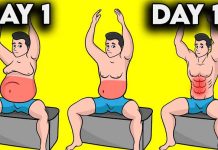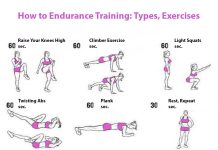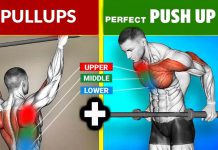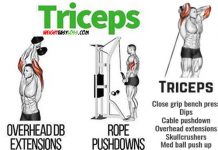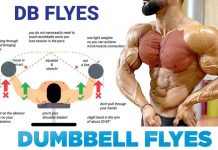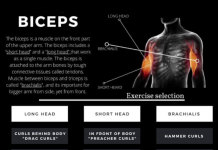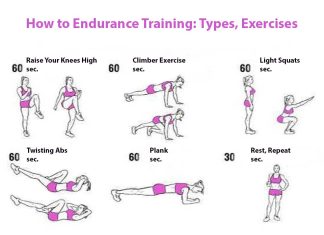Isolation Rear Delt Dumbbell Flyes is the training of the rear deltas
[wp_ad_camp_1]
[wp_ad_camp_2]
According to statistics, the posterior deltoid muscle is the most lagging part (head) of the three shoulder parts, which is actually very simple, because the front delta participates in most movements – chest press, dumbbell press, etc. Delt Dumbbell Flyes in the slope is designed to “hook” and pull up this lagging piece. This is a very important muscle (posterior fasciculus) in terms of balanced development of the deltas, which contributes significantly to the development of the posterior and lateral musculature.
Goals and development of muscle groups in Isolation Rear Delt Dumbbell Flyes
- The main goal is the rear and middle beams of deltas;
- Synergists – subacute, small round, trapezoid, rhomboid;
- Stabilizers – triceps, extensors of the wrist / spine, muscles of the hamstrings, large gluteal, leading.
Benefits Isolation Rear Delt Dumbbell Flyes
Executing Rear Delt Dumbbell Flyes, you get the following advantages:
- balanced and harmonious development of all the heads of deltas;
- more rounded form of shoulders;
- strengthening of the upper back;
- strengthening of the rotator cuff (the most vulnerable and traumatic part of the shoulders);
- prevention of frequent shoulder injuries;
- the development of a larger cumulative effort in such exercises as bench press, bench press.
Agree, quite a lot of advantages from such an isolation exercise.
Technique of execution Rear Delt Dumbbell Flyes
[wp_ad_camp_1]
[wp_ad_camp_4]
There are many variations in the performance of dilutions, and often people simply take something of their own from some variant, begin to combine, and in fact an exercise with wrong technique and emphasis on another target muscle is obtained.
Yes, the exercise is insulating, but quite coordinatingly complex, and therefore it is extremely important to perform it correctly.
We are just going to look at the step-by-step technique.
Note:
The classic option is to tilt the body forward and lack a reference point, but we’ll cover the option most suitable for beginners, i.e. with an emphasis of the head on the back of the bench.
Step 1
Find in the hall a point of support for fixing the position of the head and the position of the body. This mode will help you to avoid various loss of balance. As a support, you can use the appropriate bench or wall angle. Go to the sloping bench, stand up straight and keep your back straight (holding dumbbells in each hand), lean forward, rest your head in support in front of you. Hands should be perpendicular to the floor and be slightly bent, palms facing each other, and the torso is parallel to the floor.
This is your starting position
Step 2
Take a deep breath, on exhalation, leaving the body motionless, start lifting dumbbells and spread them through the sides while keeping a small bend in the elbow joints. Without raising your hand at the top point with parallel of the floor, return (on breath) the dumbbells to the starting position along the same “lifting” arc.
Step 3
Repeat the specified number of times.
In the picture version, the Rear Delt Dumbbell Flyes with the stop looks like this.
[wp_ad_camp_1]
[wp_ad_camp_5]
What are the Variations of Exercise Rear Delt Dumbbell Flyes
There are a lot of variations of “Flyes”, in particular, such:
Flyes with dumbbells while sitting;
Flyes standing;
Flyes on the crossover block while sitting;
Flyes lying on the bench.












